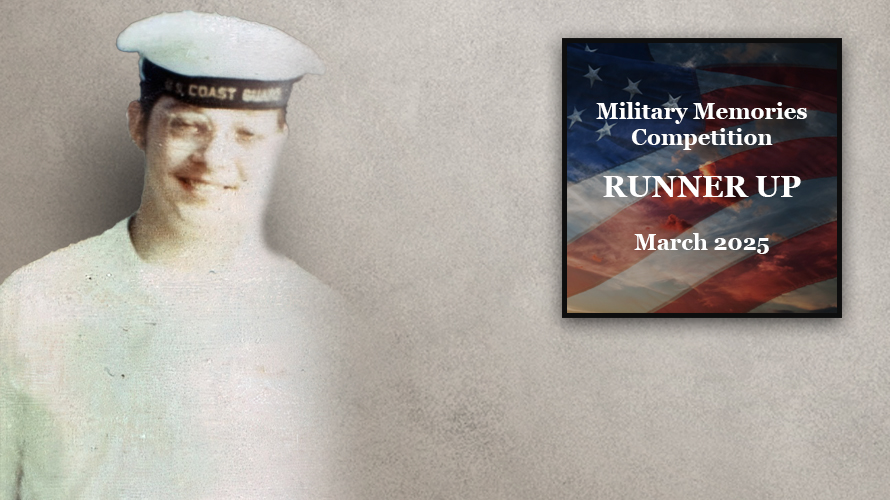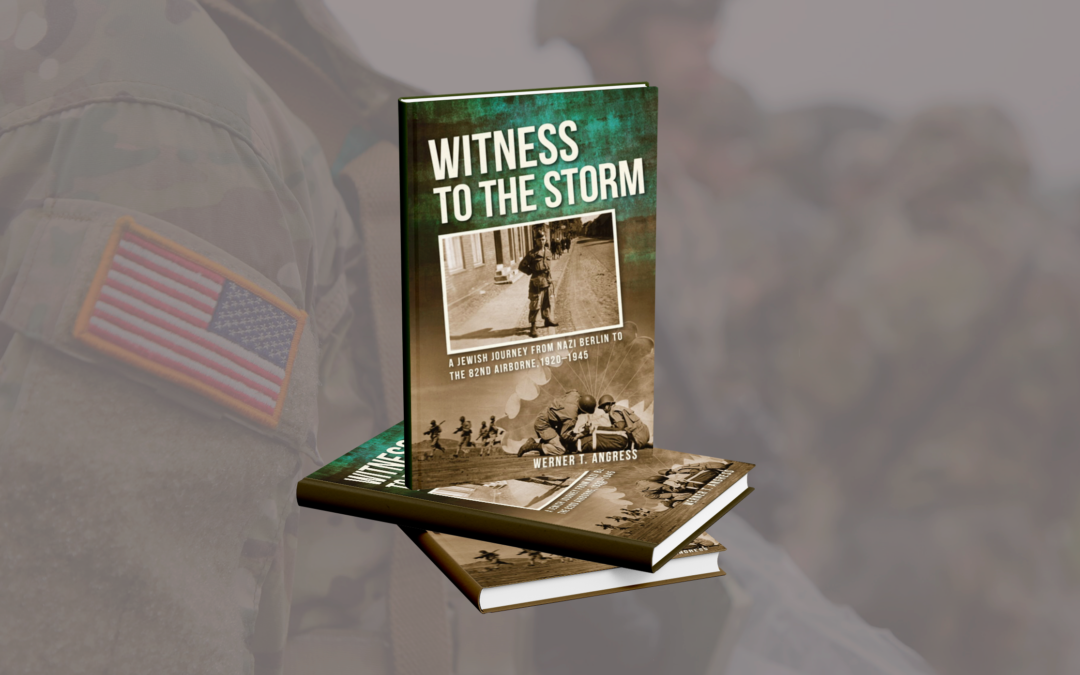Did Any of Your Parents or Grandparents Serve? What Facts or Stories Do You Remember About Their Service?:
My dad was a Navy veteran in World War II. He started out as an Aviation Cadet and transferred to the Amphibs because his math skills weren’t up to par. He was a crew member on the USS LCI (L) 537, which saw service on D-Day at Omaha Beach. After D-Day, he was part of the commissioning crew on the USS Troilus (AKA-46), which was slated for service as part of the invasion of Japan. After the surrender, Dad spent New Year’s Day 1946 in Tokyo and helped with Operation Magic Carpet. He always said that after D-Day, he was living on borrowed time.









